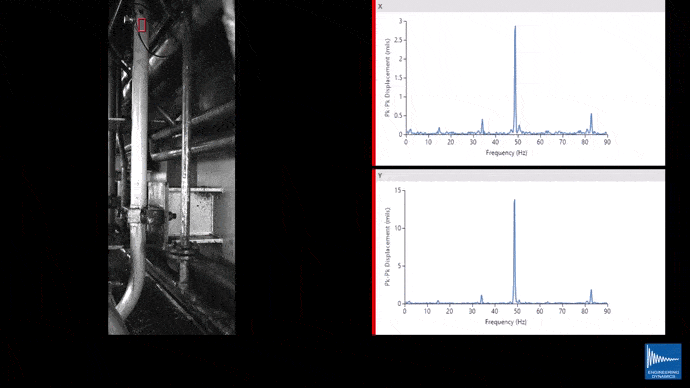A Discussion of the Various Loads Used to Rate Reciprocating Compressors
A Discussion of the Various Loads Used to Rate Reciprocating Compressors
Paper No. 95
By Kenneth E. Atkins, Martin Hinchliff, and Bruce McCain
Reciprocating compressors are usually rated in terms of horsepower, speed, and rod load. Horsepower and speed are easily understood; however, the term “rod load” is interpreted differently by various users, analysts, OEMs, etc. “Rod load” is one of the most widely used, but least understood reciprocating compressor descriptors in industry. Typical end-users know that rod load is a factor used to “rate” a compressor, but they don’t generally have a good understanding of how this rating is developed and how to utilize it for machinery protection.
This paper discusses the various definitions of rod load, including historical and current API-618 definitions, manufacturer’s ratings, and various user interpretations. It also explains that there are really load limits based on the running gear (moving parts such as pistons, rods, crosshead, crank throw, etc.) as well as load limits based on the stationary components (frame, crosshead guide, etc.).
The basic kinematics and forces acting on a slider-crank mechanism will be reviewed to provide a better understanding of the various definitions that are used. Analytical results and field rod load measurements will be compared to illustrate the various factors that influence rod load on typical compressor installations.

